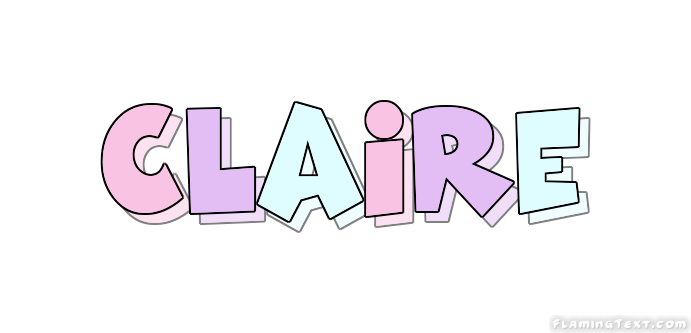


We are located in the outskirts of Sydney where we produce our systems combining “State of the Art” equipment with advanced polymers.

Since 1989 we have installed over 18,000 systems throughout Australia, New Zealand and many parts of S.E. Our products are marketed under the Pro-Pipe II™ brand and are designed for use in pressure applications under demanding conditions.
Calair ame iso#
Our pipes are Colour Identifiable to Australian Standards AS1345-1995 also to ISO 14726-1. Strive to produce innovative products that can deliverĬlass leading performance at cost effective levels"Ĭalalba Pty Ltd is the manufacturer of Calair Pipe System products. Fuel consumption: 0.458 lb/mi (0.Company Profile "Through Continual Research and Development we will.Propellers: 2-bladed Sensenich fixed pitch wooden propeller.horizontally-opposed air-cooled piston engine, 125 hp (93 kW) at2,600 rpm Powerplant: 1 × Lycoming O-290B or C 4-cyl.One converted from an A-6Ī-7T Proposed development of A-7 with higher gross weight Specifications (A-2) ĭata from Jane's all the World's Aircraft 1947 A-6 Improved version of A-5 with Avco Lycoming O-360-A1A engine, 34 built.Ī-7 Similar to A-5 powered by West Coast Dusting-built Continental W-670-240 engine. A-5 Open-cockpit two-seat agricultural version of the A-4, 74 built.Ī-5T Texan A-5 with revised fuselage structure, nine built. Variants A Continental A-80-engined prototype, one built converted to A-1Ī-1 Re-engined with an Avco Lycoming O-235-a engine, four built and prototype converted.Ī-2 Two-seat cabin monoplane production version powered by an Avco Lycoming O-290-a engine, 16 built.Ī-3 125 hp (93 kw) Continental C-125-2-powered version, 15 built.Ī-4 Two/three-seat cabin monoplane version powered by a 135 hp (101 kw) Avco Lycoming O-290-D2 engine, 65 built. IMCO was later taken over by the Aero Commander division of the Rockwell Standard Corporation and later became part of North American Rockwell, the design was further developed and redesignated. In 1962 the assets of the company were acquired at auction by the Intermountain Manufacturing Company (IMCO) who developed their own version the IMCO CallAir A-9. Examples of the three-seat A-4 were converted for agricultural use followed by a new-build agricultural version the A-5. Further models were introduced with different engines. The Model A-2 was a two-seat braced low-wing monoplane with fabric-covered wooden wings and fabric-covered welded steel tube. A United States type certificate was awarded in July 1944 and the production model was designated the Model A-2. The prototype Model A was powered by a Continental A-80 engine but was redesignated the Model A-1 when re-engined with an Avco Lycoming O-235-A engine. The family had formed the Call Aircraft Company (known as Call-Air) to produce the aircraft. The aircraft was ready to be produced in 1940 but the start of World War II delayed the start of production to 1946. The Model A was designed by the Call family, who were Wyoming ranchers.


 0 kommentar(er)
0 kommentar(er)
